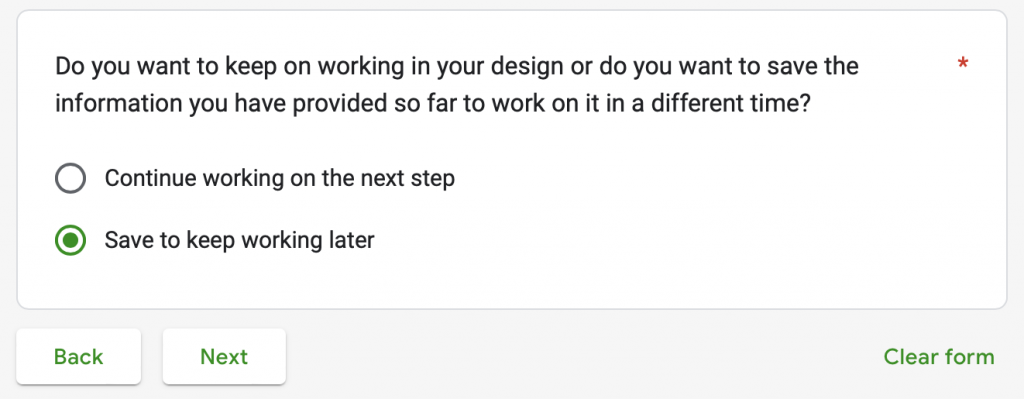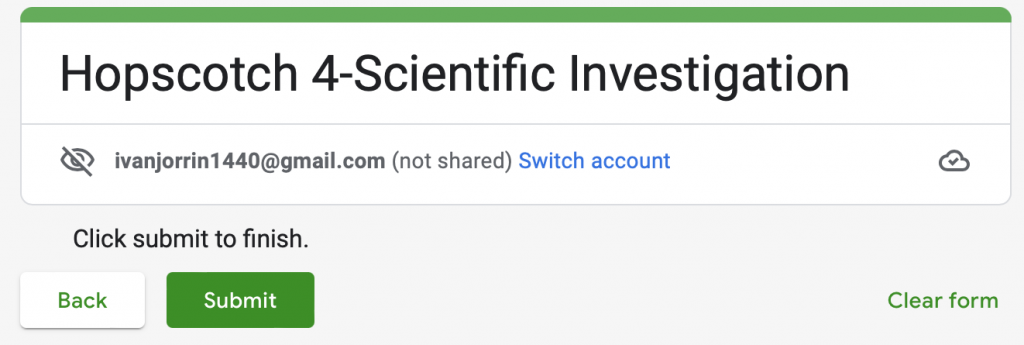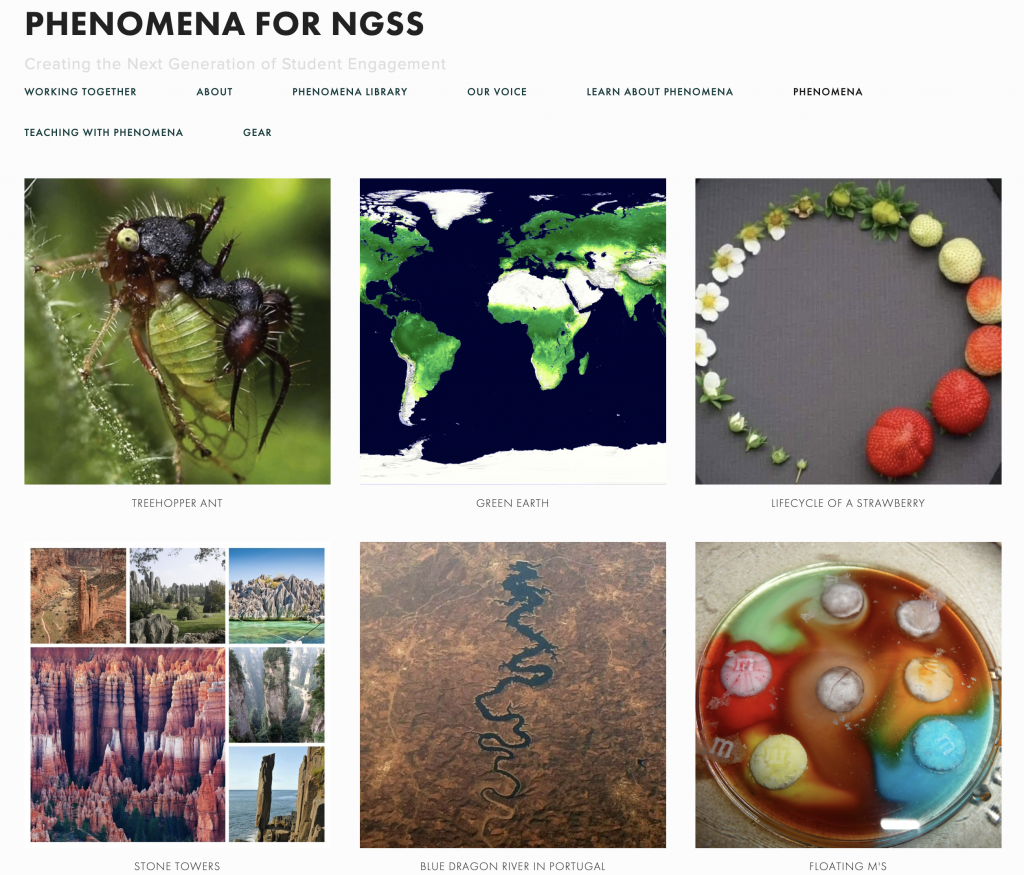4-MCAA
- Home /
- 4-MCAA
The aim of Hopscotch 4-Scientific Investigation is to provide children and teachers at Marietta Center for Advanced Academics with a tool to assist them in planning and carrying out scientific investigation. According to the Next Generation Science Standards, “Scientists and engineers plan and carry out investigations in the field or laboratory, working collaboratively as well as individually. Their investigations are systematic and require clarifying what counts as data and identifying variables or parameters.” This tool should assist learners in writing investigations, clarifying data sources, and deciding how to analyze the data.
This tool is an adaptation of Hopscotch, and it has been developed by Drs. Iván M. Jorrín-Abellán, Anna Arias, Soon Lee, Rasheda Likely, Jessica Stephenson Reaves and Preethi Titu (Kennesaw State University), in collaboration with the Interactive Research Methods Lab.

The form below will assist you in generating a scientific investigation research plan/design.
Note: This form will give you the possibility of saving your work after each step, so you don't have to generate the whole design at once. To do so, you will have to select "Save to keep on working later," after filling out the information requested for a given step, then click "next," and then click on "submit."


Resource: sample video about what is science/who does science
Here are some examples:
- I am a scientist everyday because I wonder about how things in the world works, and I make observations to figure them out.
- I am a scientist everyday because I love to experiment with my water colors as I make work.
- I have investigated the world through testing out different flavors in my pasta dish.
- I have investigated the world through comparing different soils in my science class
Resources:
A phenomenon is an observable event such as the phases of the moon, a flashlight turning on, or a seed becoming a plant.
Shared list of phenomena: https://thewonderofscience.com/phenomenal
Resources:
An observation is the act of careful gathering information through watching, feeling, smelling, and listening. While humans often make inferences in the process of observing, an observation is different from an inference. An inference is an explanation a person makes about a phenomenon based on an observation.
For example, “the grass is brown,” is an observation that leads to the inference, “the grass died.”
Resources:
Your investigation question should be testable: See this website about how science works with testable ideas.
Questions to ask yourself:
- How will my question be answered?
- What evidence do I need to collect to answer my question?
- What could influence my findings? What materials do I need to help answer my question?

Resources:
Potential sources of error:
- Misreading equipment
- Using an instrument that is not accurate (e.g., thermometer or scales read different values)
- Human error (e.g., forgot to stop the stopwatch, forgot to write down a value)
- Testing conditions (e.g., too much wind)
- Control variables (e.g., testing too many things at the same time; using plants that are different sizes)






